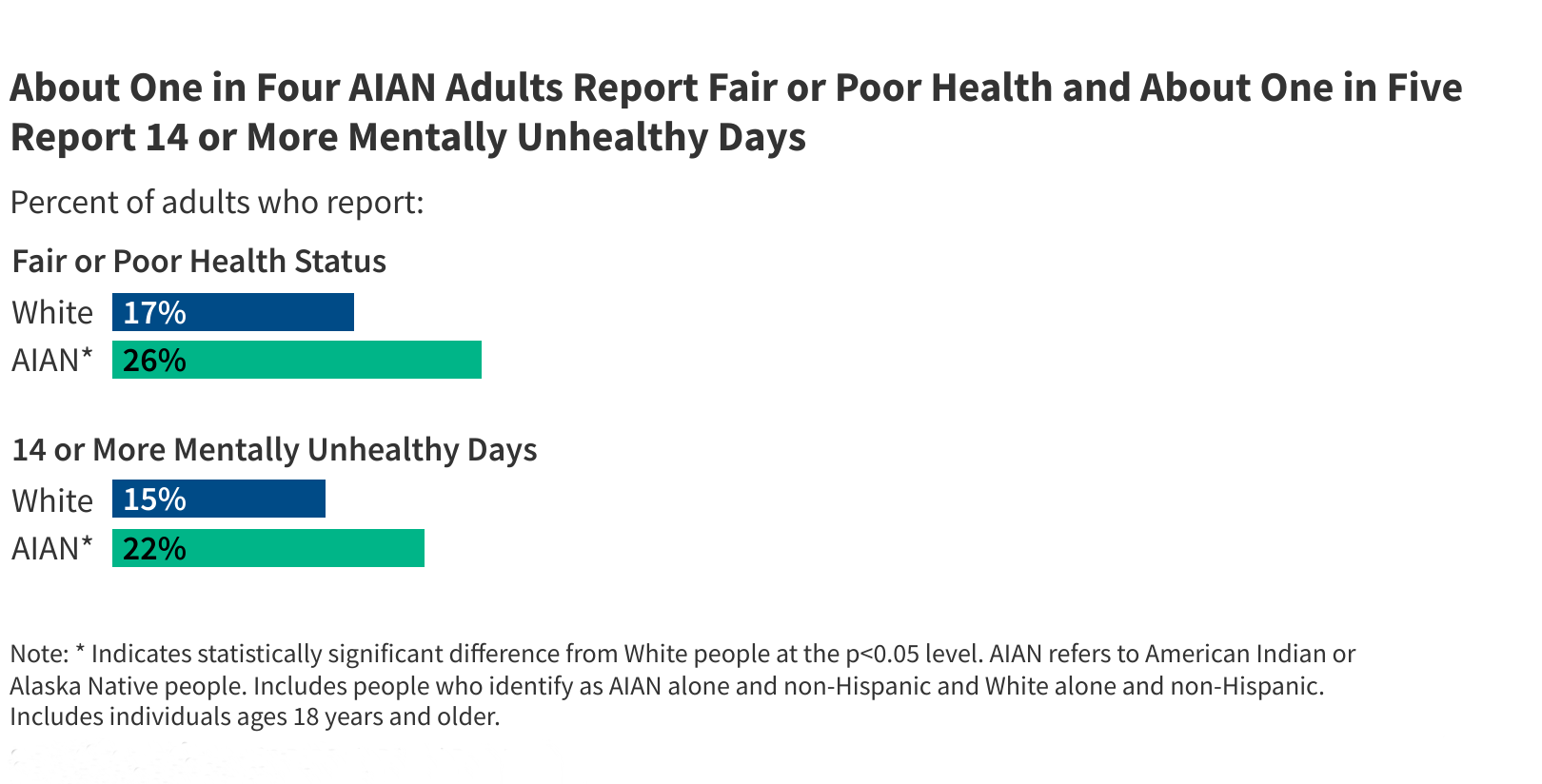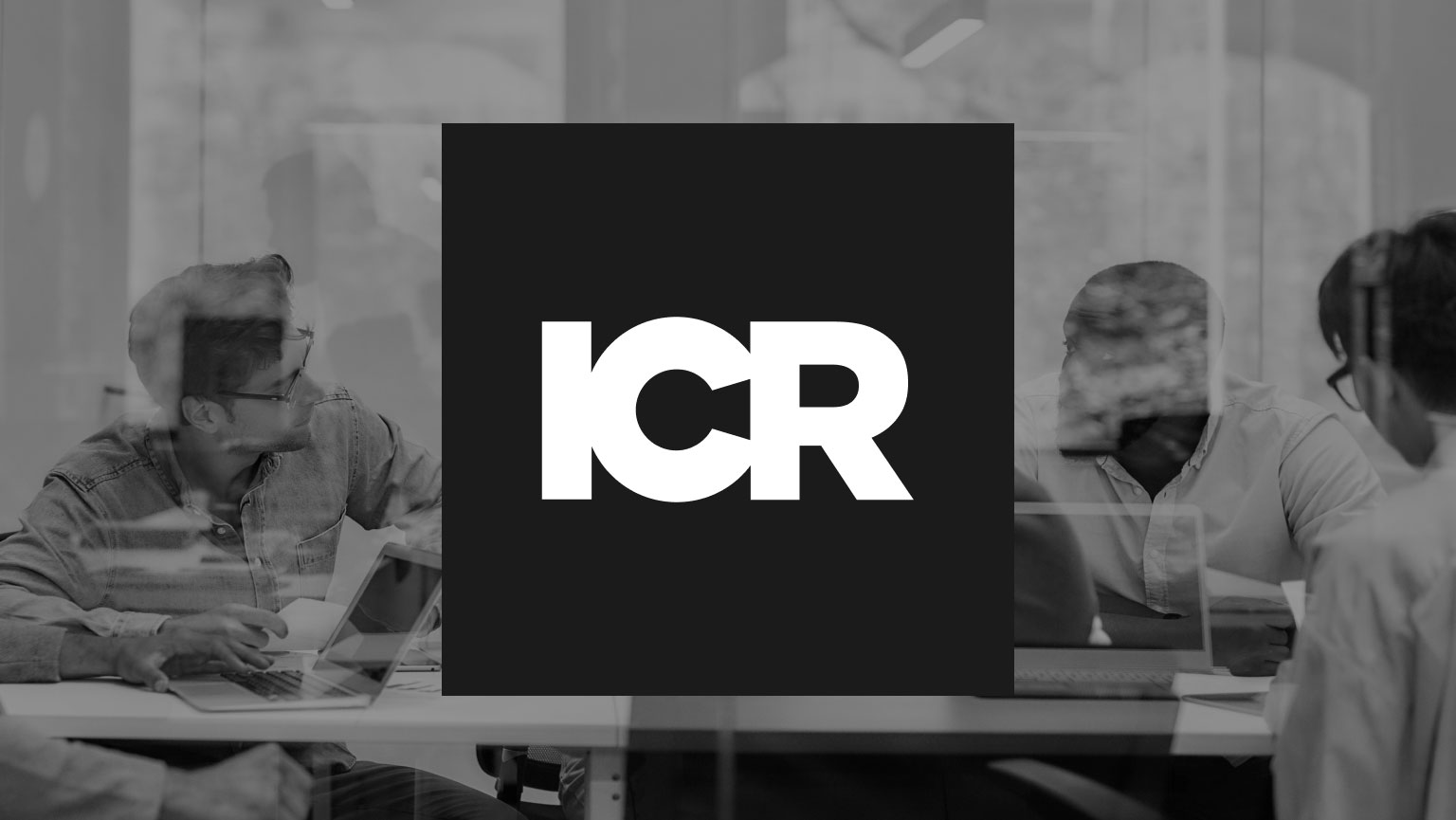Nonprofit hospitals’ investment returns—a key lifeline for balance sheets during times of hardship—are at risk amid recent weeks’ tariff-fueled market volatility, bringing likely repercussions to organizations’ liquidity, debt leverage and ability to survive the coming months’ potential operating challenges.
The healthcare industry and other adjacent sectors have kept a close eye on President Donald Trump’s shifting tariff policy and the responses from other nations. The pharmaceutical supply chain has been a particular concern, as the products and their components were initially exempted from the highest rates even as officials signal more targeted tariffs to come.
For hospitals and health systems, which have sought and continue to seek exemptions, the duties would raise spending on various types of medical supplies, devices and other infrastructure while exerting macro-level inflationary pressure.
Shortly after the president’s “reciprocal” tariffs were unveiled on April 9, nonprofit health system Providence, for instance, said it estimated a $10 million to $25 million increase in annual costs—though that guess has likely shifted as many countries received a 90-day delay and China’s rate was escalated.
But even outside of hospitals’ direct spending, their ability to secure loans and fend off operational shortcomings are being challenged by a wobbly investment market, Fitch Ratings wrote in a Tuesday research brief.
The agency noted that rated nonprofit hospitals with early fiscal year closes—which in 2024 flipped their operating margins from -0.5% to 1.2%—saw average investment returns of 9.8%. The investment income translated to 20 additional days of cash on hand and 17 percentage points in cash-to-adjusted debt, both key metrics related to the hospitals’ liquidity and whether they are viewed by lenders as a risk when seeking to take on additional debt.
To illustrate the impact, Fitch pointed to the cohort’s median 220 days cash on hand and median 179% cash-to-adjusted-debt in 2024. Hypothetically trimming the 9.8% investment return by a quarter would bring those median metrics down to 215 days and 175%; by half, 210 days and 171%; and by three-quarters, 205 days and 167%.
The agency also outlined the security blanket investment returns provided hospitals during the pandemic, when systems big and small saw operating margins plummet or turn red.
Between 2020 and 2023, a window where the S&P 500 index yielded an annual return of about 13.8%, the rated nonprofits’ returns contributed 28 days to their median days cash on hand and 18 percentage points to their median cash-to-adjusted debt. However, the hospitals only notched increases of four days and a single percentage point during that period, meaning that both liquidity metrics would have fallen substantially without the investments’ support.
The S&P 500 is currently down over 10% since the start of 2025, having so far rallied from its 15% low point after the president announced a 90-day reprieve for most countries hit with higher tariff rates.
Strong financial reserves in relation to debt are a boon to hospitals even in times of operational security. Agencies like Fitch input liquidity and leverage into their credit analyses, with better ratings allowing hospitals to access additional funds at more affordable rates. That cheaper borrowing can support investments into hospital facilities, technologies and service lines.
“The strong liquidity of the [nonprofit] sector, relative to debt obligations and business risk, is viewed as a key differentiator from for-profit acute healthcare entities,” Fitch noted in this week’s report.
But unrestricted cash becomes particularly important to nonprofits when “unforeseen operating challenges … could potentially compress operating margins,” Fitch wrote. Here, the agency circled back around to the higher potential spending on equipment and pharmaceuticals from tariffs and ongoing inflation, with other recent reports also casting doubt on future hospital performance in light of reimbursement challenges with commercial payers, the threat of federal Medicaid budget cuts and other hard-to-predict policy changes.
“Lower liquidity and higher costs combined could reduce the industry’s median [days cash on hand] in 2025 and pressure balance sheets,” Fitch said. “This could potentially strain hospital financial stability and creditworthiness.”
Concurrent operating, investment losses are recent history
It wasn’t that long ago that hospitals’ cash reserves were dually challenged by strained operations and a slumping market.
A 2023 Kaufman Hall report prepared on behalf of the American Hospital Association, for instance, found that from September 2021 to 2022, median days cash on hand dropped by 55 days across 900 nationwide hospitals. The bottom quartile of hospitals saw their median days of cash on hand cut by nearly half, from 67 days to 34 days.
On a macroeconomic level, that window was defined by supply chain disruptions, inflation, rising interest rates and ongoing pandemic uncertainty, which drove the S&P 500 to decline by almost 20% across 2022.
At the same time, more than half of all hospitals sharing data with Kaufman Hall reported “unsustainable” negative operating margins via a combination of high labor costs and a slowdown of emergency payments from the government. Further, total debt issuance in healthcare was down and all three credit rating agencies had more credit downgrades than upgrades for nonprofit hospitals, with each posting a negative outlook on the nonprofit hospital sector as a whole.
According to Gibbons Advisors, there were just two hospital and health system bankruptcy filings 2022, but a spike of 12 in 2023 that the restructuring advisory firm said was expected as relief funding ran dry and “hospitals, particularly rural and standalone hospitals, work through challenging profitability, liquidity and leverage dynamics.”
Rural hospital closures were at a low point of four in 2021—again, when provider relief funding was available—but rose to five in 2022 and then 10 in 2023, according to MedPAC data. Collectively, general acute care hospital closures rose in 2022 and 2023, and outpaced new openings in both years.
Similarly, hospital and health system M&A transactions also rose from 53 announced deals in 2022 to 65 in 2023, with the number of financially distressed sellers rising from eight to 18.
Publisher: Source link










